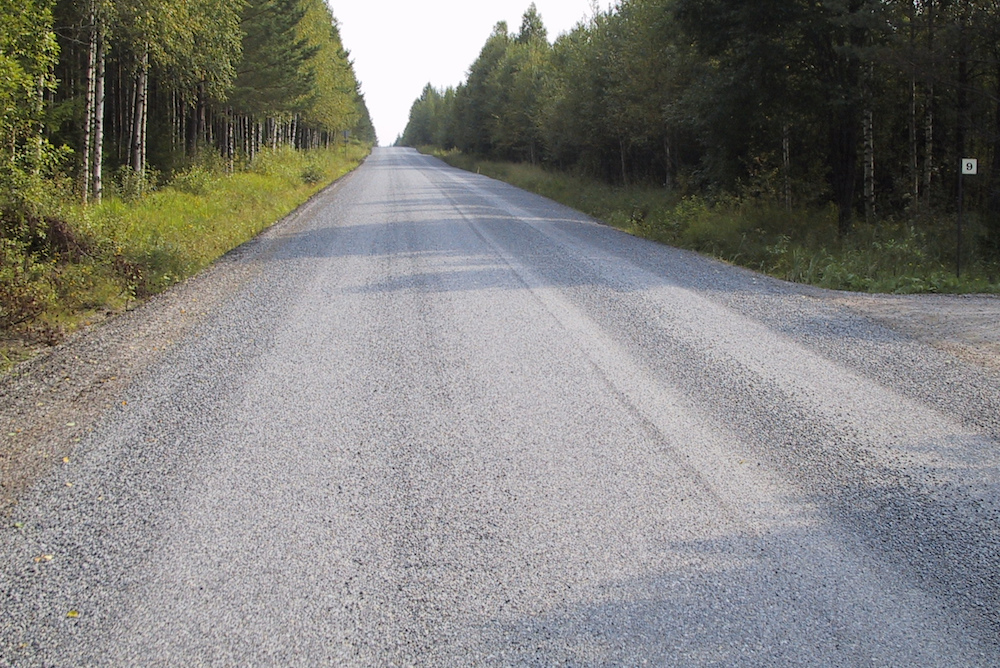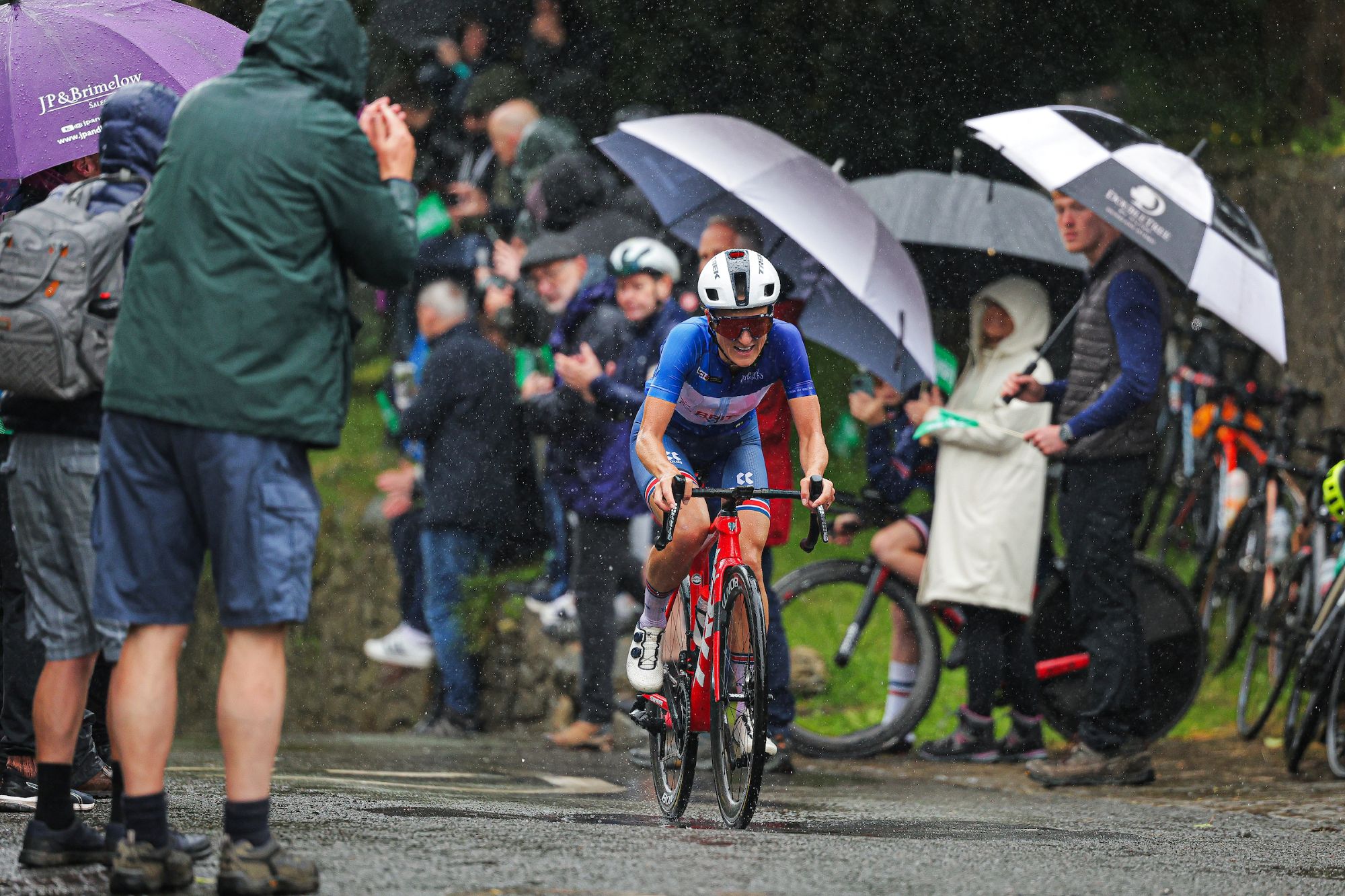More than 1,000 people sign petition to stop 'dangerous' road resurfacing
The petition was started after a rider apparently nearly crashed on a surface dresses road

An example of surface-dressing
More than 1,000 people have signed a petition calling for roads to be properly resurfaced, ending the practice of surface dressing.
The petition was started by Danny Shafrir on June 11 after he apparently nearly fell off his bike while descending on a road which had been surface dressed in Theydon Bois in Essex.
The petition calls for the government to resurface roads instead of using a process called "surface dressing." This cost-cutting technique happens when a road is scraped, layered with tar and covered in stone chippings. The stone chippings are slowly embedded into the road by slow moving traffic.
>>> Cars, taxis and lorries banned from major London junction to improve cyclist's safety
One problem with this is that traffic can cause the chippings to accumulate on the sides of the road, creating patches of gravel which can cause dangerous for cyclists.
It's not just rider's lives at stake with motorists' precious paint jobs being subject to scratches that the thrown-up debris can cause.
One person who had signed the petition, which can be seen here, said "I nearly had an accident on my bike last year because of the pools of loose chippings that get left behind."
Get The Leadout Newsletter
The latest race content, interviews, features, reviews and expert buying guides, direct to your inbox!
Another called the process "bloody dangerous" for both cyclists and car drivers.

Thank you for reading 20 articles this month* Join now for unlimited access
Enjoy your first month for just £1 / $1 / €1
*Read 5 free articles per month without a subscription

Join now for unlimited access
Try first month for just £1 / $1 / €1
-
 FDJ-Suez, SD Worx-Protime, Lidl-Trek confirmed for Tour of Britain Women as strong list of teams announced
FDJ-Suez, SD Worx-Protime, Lidl-Trek confirmed for Tour of Britain Women as strong list of teams announced18 teams set to take part in four-day WorldTour stage race
By Tom Thewlis
-
 Cyclists could face life sentences for killing pedestrians if new law passed in England and Wales
Cyclists could face life sentences for killing pedestrians if new law passed in England and WalesReckless cycling currently carries a maximum two-year jail term
By Tom Thewlis